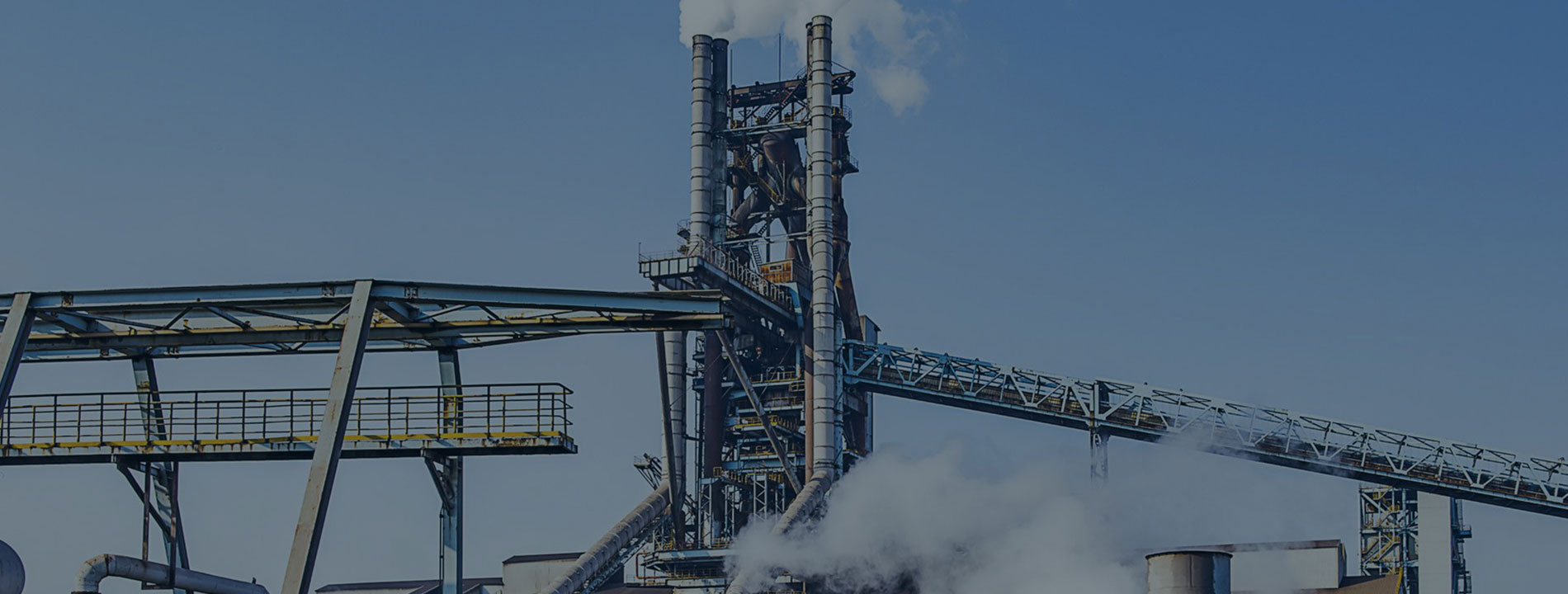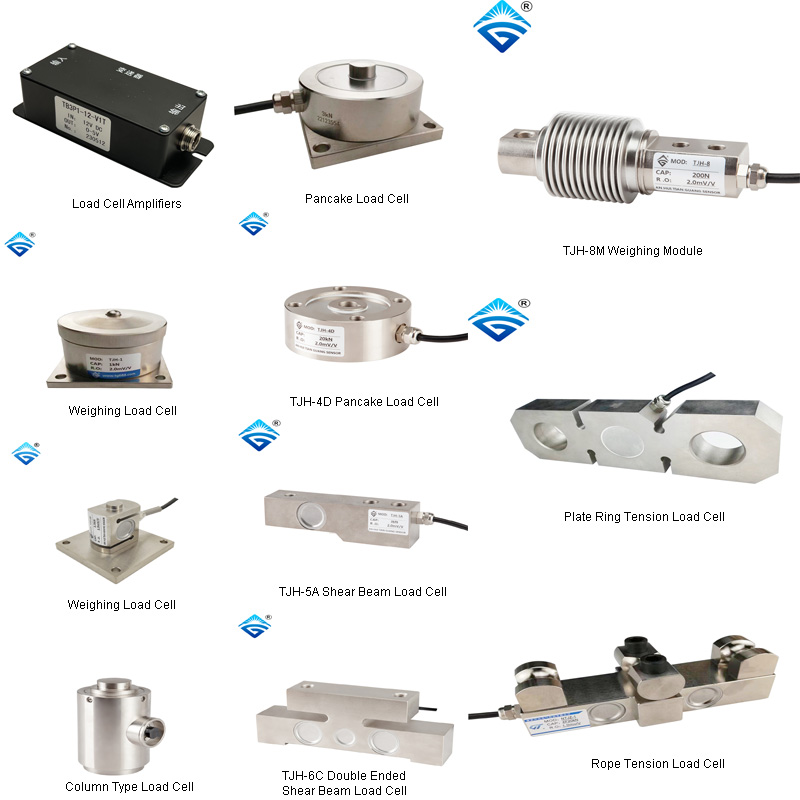

In the world of engineering and measurements, there are various instruments and devices that serve different purposes. Two commonly used devices in the field of force measurement are strain gauges and load cells. While they both play a crucial role in measuring force, they have distinct characteristics and applications. In this article, we will delve into the difference between strain gauges and load cells, shedding light on their unique features.
TG Load Cells is a very professional load cells supplier with all types of load cells manufacturing
A strain gauge is a device used to measure strain, which is the deformation or change in shape of an object under the influence of an applied force. It operates on the principle that the electrical resistance of certain materials changes when they are subjected to mechanical strain. The strain gauge is bonded to the surface of the object or structure being measured, and as the object deforms under the applied force, the strain gauge experiences a change in resistance. This change in resistance is then converted into a proportional electrical signal, which can be measured and analyzed.
On the other hand, a load cell is a device designed to measure force or weight directly. It consists of a metal or alloy structure with strain gauges bonded to it. When a force is applied to the load cell, the metal structure deforms, causing the strain gauges to experience a change in resistance. The strain gauge measurements are then used to calculate the force or weight being applied.
One of the fundamental differences between strain gauges and load cells lies in their measurement technique. Strain gauges primarily measure strain, which is then converted into a force measurement indirectly. Load cells, on the other hand, are specifically designed to measure force directly. They provide accurate and reliable force measurements without the need for any additional calculations.
Strain gauges are commonly used in various applications where strain or deformation needs to be measured. They find extensive usage in structural engineering, aerospace, automotive industry, and materials testing. Strain gauges are suitable for measuring small strains and can provide valuable insights into the behavior and performance of different materials and structures under load.
Load cells, on the other hand, are specifically engineered to measure force or weight in a wide range of applications. They are widely used in industrial scales, force testing machines, material testing, robotics, and weighing systems. Load cells come in different configurations such as tension, compression, or bending, catering to specific force measurement requirements.
When it comes to accuracy and range, load cells generally offer better precision and a wider measurement range compared to strain gauges. Load cells are specifically calibrated to provide accurate force measurements, ensuring reliable and consistent results. They can handle both small and large forces, making them suitable for a broader range of applications.
Strain gauges, while providing precise strain measurements, require additional calculations and conversions to determine the force being applied. This indirect measurement technique may introduce some level of error and limitations in certain applications that demand high accuracy.
In summary, strain gauges and load cells serve distinct purposes in the realm of force measurement. Strain gauges focus on measuring strain, which is then converted into force measurements, while load cells directly measure force or weight. Strain gauges find applications in industries where deformation or strain needs to be monitored, while load cells are widely used for force measurement in various industrial and scientific applications.
Both strain gauges and load cells have their unique advantages and are chosen based on the specific requirements of the application. Understanding the difference between these two devices enables engineers and researchers to select the most appropriate instrument for their force measurement needs, ensuring accurate and reliable results. So, the next time you encounter a force measurement task, you'll be equipped with the knowledge to determine whether a strain gauge or load cell is the right tool for the job.
TG Load Cells, is a well-experienced load cells supplier from China, with a lot of projects done at home and abroad, servicing various industries. We sincerely welcome you to talk to our expert and visit our factory in Anhui, China.

86-552-4923688
No. 118, Jiahe Road, High-Tech Zone, Bengbu, Anhui, China
 English
English 日本語
日本語 한국어
한국어 français
français Deutsch
Deutsch Español
Español italiano
italiano português
português العربية
العربية tiếng việt
tiếng việt ไทย
ไทย
